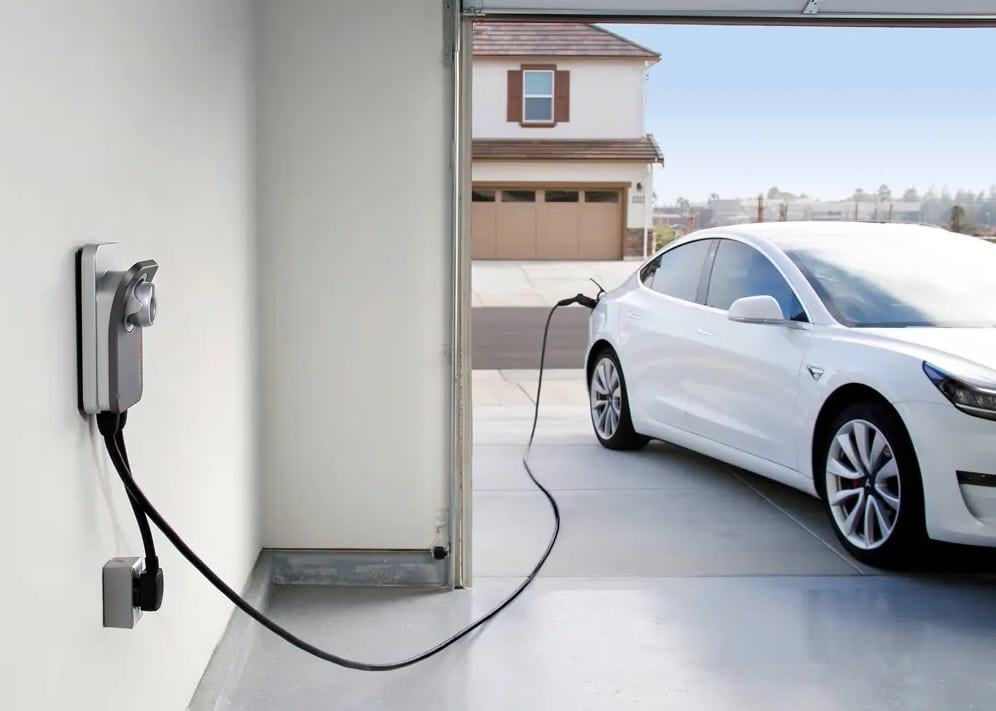In a world on the brink of an electric revolution, fast charging networks are proving to be game-changers. As of 2023, there are more than 2.7 million electric vehicles (EVs) on the roads in the United States alone, according to Bloomberg Green. The rapid expansion of fast charging infrastructure is reshaping the future of EV travel, making long-distance trips more feasible and eradicating range anxiety for many drivers. In this article, you’ll discover how fast charging is transforming the electric vehicle landscape, exploring the latest technologies, key players in the industry, and what this means for the future of sustainable travel.
Why Fast Charging is a Game-Changer
The Evolution of Charging Technology
The fast charging phenomenon is a direct response to the growing demand for quicker and more efficient ways to recharge EVs. Traditional Level 1 and Level 2 chargers, while effective for overnight home charging, fall short on the road. Enter fast charging networks, which can recharge an EV to 80% capacity in as little as 30 minutes. According to Electrek, Tesla’s Supercharger V3 technology can add up to 75 miles of range in just 5 minutes. This rapid evolution in charging technology is a critical driver in the widespread adoption of electric vehicles.
Key Players Driving the Change
Several companies are at the forefront of this fast charging revolution. Tesla, with its expansive Supercharger network, has been a pioneer, but others are quickly catching up. Rivian and Lucid Motors have announced plans to expand their own fast charging networks, while legacy automakers like Volkswagen and Ford are investing heavily in Electrify America and Ionity. According to InsideEVs, Electrify America plans to install over 1,800 fast charging stations across the U.S. by 2025, offering speeds up to 350 kW.
The Infrastructure Challenge
Building a robust fast charging infrastructure presents challenges, particularly in rural areas. The International Energy Agency (IEA) highlights the need for strategic placement of charging stations to ensure seamless travel across vast distances. Public-private partnerships and government incentives are essential to overcoming these hurdles. For example, the Biden administration’s infrastructure bill includes $7.5 billion dedicated to expanding the national charging network, aiming to install 500,000 chargers by 2030.
How Fast Charging Networks Benefit EV Owners
Convenience and Peace of Mind
Fast charging networks provide EV owners with unparalleled convenience. No longer confined to urban centers, drivers can embark on cross-country adventures without the looming fear of depleting their battery mid-journey. Charging stations are increasingly found in convenient locations such as shopping centers, rest stops, and even restaurants, turning a charging break into an opportunity to relax and refresh.
Cost Savings and Efficiency
While fast charging is typically more expensive than home charging, the time saved can be invaluable for those on tight schedules. Moreover, some networks offer subscription models or membership discounts that reduce costs. According to CleanTechnica, frequent travelers can save up to 30% on charging costs by opting for these plans, making fast charging an economically sound choice for many.
Promoting Sustainability
Fast charging networks also play a pivotal role in promoting sustainability. By making electric travel more accessible and convenient, they encourage more drivers to switch to EVs, reducing greenhouse gas emissions. As noted by PV Magazine, the integration of renewable energy sources into charging stations further enhances their environmental benefits, aligning with global efforts to combat climate change.
Practical Tips for Using Fast Charging Networks
How to Maximize Charging Efficiency
- Plan Your Route: Use apps like PlugShare or the Tesla app to locate fast charging stations along your route.
- Monitor Battery Levels: Charge your EV to 80% for optimal battery health and efficiency.
- Check Network Availability: Ensure network compatibility with your EV model to avoid any charging hiccups.
Where to Find Reliable Fast Chargers
- Tesla Supercharger Network: Best for Tesla owners, with over 30,000 Superchargers worldwide.
- Electrify America: Offers the highest charging speeds, ideal for non-Tesla EVs.
- Ionity: A leading network in Europe, expanding into the U.S.
What to Compare When Choosing a Fast Charging Network
- Speed: Look for networks offering 150 kW and above for the fastest charging times.
- Cost: Consider subscription plans or pay-as-you-go options.
- Location Coverage: Choose networks with widespread coverage in your travel areas.
Conclusion: The Future of EV Travel
Fast charging networks are not just reshaping the future of EV travel; they are redefining the way we think about transportation. With rapid advancements in charging technology and the growing commitment of automakers and governments, the future looks bright for electric travel. As the charging infrastructure continues to expand, electric vehicles will become an even more attractive option for consumers worldwide.
Are you ready to embrace the electric future? Share your thoughts in the comments below! As we look forward, it’s clear that fast charging networks will be at the heart of a cleaner, more sustainable global transportation system. Stay tuned as this dynamic industry continues to evolve, promising a world where electric travel is not just possible, but preferred.

